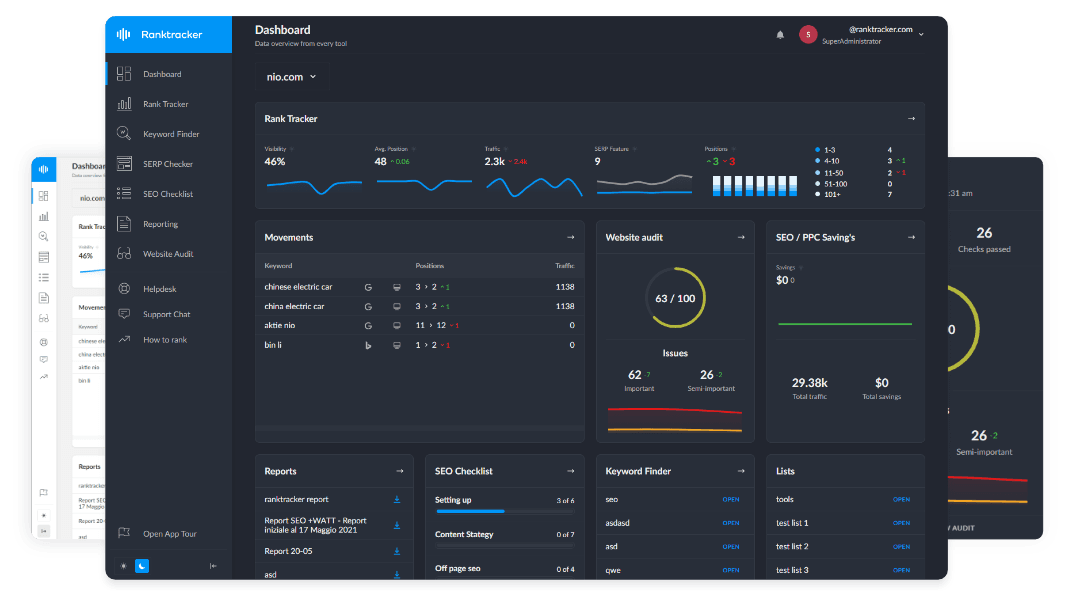Intro
Contextual connection refers to the practice of linking content within a website in a way that maintains logical relationships between topics. Search engines prioritize well-connected content that enhances user experience and topical authority.
Why Contextual Connection Matters for SEO:
- Helps search engines understand content relationships and site structure.
- Improves internal linking strategy for better rankings.
- Enhances user navigation and engagement.
How Search Engines Interpret Contextual Connection
1. Strengthening Internal Linking & Topic Relevance
- Google favors logically connected content with meaningful internal links.
- Example:
- "On-Page SEO Guide" should link to "Title Tag Optimization" and "Meta Description Best Practices."
2. Semantic Relationships & Entity Recognition
- Google’s Knowledge Graph and NLP models analyze content relationships.
- Example:
- "AI in SEO" should mention "Machine Learning Algorithms," "Google RankBrain," and "Automated Content Optimization."
3. Content Depth & User Engagement
- Strong contextual connections keep users engaged longer on a website.
- Example:
- A "Local SEO Strategy" article should encourage further reading with "Google My Business Optimization" and "Local Citation Building."
4. Preventing Orphaned Pages & SEO Bottlenecks
- Proper contextual linking ensures every page is discoverable and indexed.
- Example:
- A "Best Keyword Research Tools" page should link from an "SEO Tools Guide."
How to Optimize for Contextual Connection in SEO
✅ 1. Use a Logical Content Structure
- Create pillar pages with well-defined topic clusters.
- Example:
- Pillar Page: "Content Marketing Guide"
- Supporting Pages: "SEO for Content Marketing," "Content Distribution Strategies."
✅ 2. Implement a Strategic Internal Linking Framework
- Ensure each page links to relevant supporting content.
- Example:
- "Technical SEO" should internally link to "Crawling & Indexing" and "Schema Markup Best Practices."
✅ 3. Optimize Anchor Text for Relevance & Clarity
- Use descriptive and keyword-rich anchor text.
- Example:
- Instead of “click here”, use “SEO audit checklist” for linking.
✅ 4. Use Schema Markup to Reinforce Contextual Links
- Implement structured data to clarify content relationships.
- Example:
- "Best CRM Software" → Uses Product Schema for reviews, pricing, and features.
✅ 5. Regularly Audit & Update Internal Links
- Use Google Search Console & Ranktracker to identify broken links and improve connections.
- Example:
- If "SEO Strategy 2023" ranks well, refresh it as "SEO Strategy 2024" and update links.
Tools to Optimize Contextual Connection in SEO
- Google Search Console – Analyze internal link structure and page relationships.
- Ranktracker’s SERP Checker – Identify competitor linking strategies.
- Ahrefs & SEMrush – Track link distribution and content gaps.
Conclusion: Enhancing SEO with Contextual Connection
A well-executed contextual connection strategy improves search visibility, user engagement, and content authority. By structuring internal links effectively, optimizing anchor text, and aligning content relationships, websites can achieve better search rankings and user retention.

